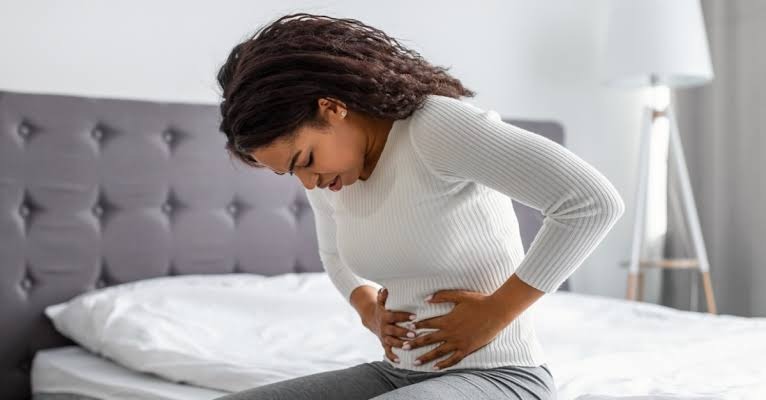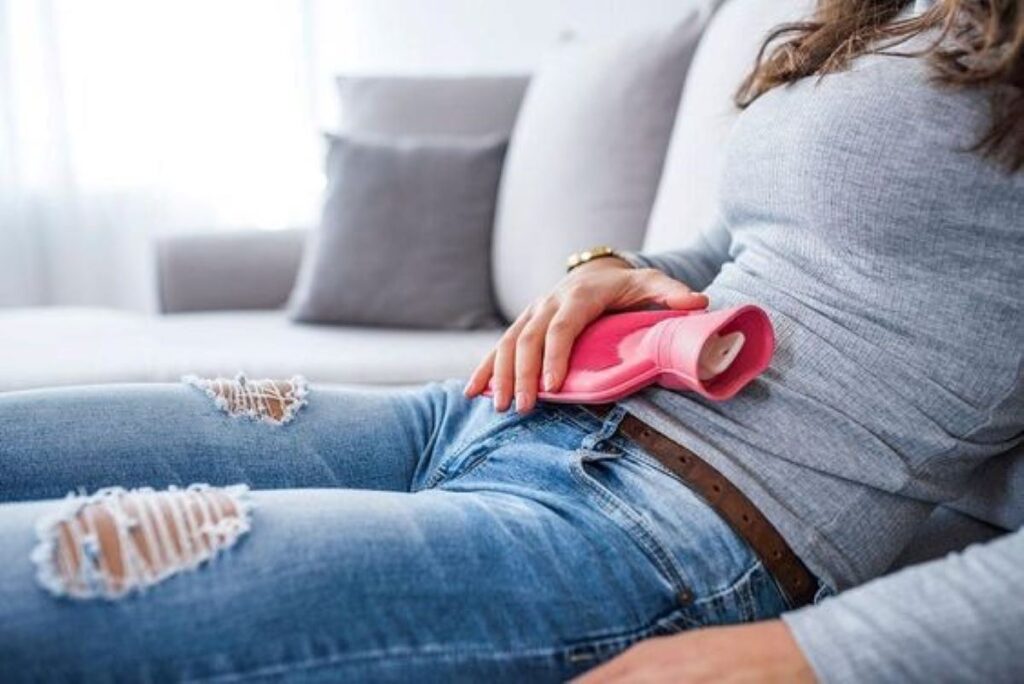The amount of discomfort or pain women experience when it comes to period cramps varies from person to person because “there’s a range of people’s sensitivities.” Painful menstrual periods (dysmenorrhea) can cause pain and throbbing in the lower abdomen and pain in the lower back, hips, and inner thighs.
However, you’ll be pleased to know that regardless of how severe your cramps are, there’s a range of over-the-counter and prescription treatments that can help you fight the pain. Here’s what the experts recommend.
What Causes Menstrual Cramps?
A painful period is scientifically known as dysmenorrhea, and there are two types of it: primary and secondary. Each type has different causes. Primary dysmenorrhea is the cramping pain women experience just before or during their period. According to experts, menstrual cramps caused by this type of period pain are recurrent.
ALSO READ: Quick Hacks for Fixing Your Broken Zipper
Dr. Joy Friedman, MD, says that the uterus produces hormone-like chemicals called prostaglandins as the body prepares for the next menstrual period. “The prostaglandins can cause muscle contractions like cramping,” she says.
When a woman’s period starts, prostaglandin levels are often through the roof. Then, as the period progresses and the lining of the uterus sheds, the prostaglandin levels will fall. As it does, period pain will begin to subside.
Friedman also says that the first period a woman gets in her pre-teens or teens may not be linked to ovulation. As such, she says period pain can get worse after a year or two when cycles become more ovulatory.
What Makes Period Cramps Worse?
A research review from 2022 presented at the North American Menopause Society (NAMS) conference has confirmed that dietary changes can significantly affect the severity of menstrual cramps. The review identified various foods that worsened menstrual pain, including meat, oil, sugars, coffee, and salts.

These foods are thought to be “inflammatory foods” that can cause an increased release of prostaglandins. A hike in prostaglandin release is linked with dysmenorrhea due to increased vasoconstriction of the blood vessels feeding the uterine musculature.
This results in uterine cramping due to decreased blood flow to the uterus. Thus, sticking to an anti-inflammatory diet may counteract the rise in prostaglandins.
How Long Do Menstrual Cramps Last?
Menstrual cramps usually begin one or two days before a woman gets her period or when the bleeding starts. You may feel pain ranging from mild to severe in your lower abdomen, back, or thighs.
However, the pain usually ebbs within two or three days. Primary dysmenorrhea is the more common type of dysmenorrhea. Secondary dysmenorrhea, on the other hand, is less common. The pain is caused by a condition or an infection in the reproductive organs and usually begins earlier in a woman’s menstrual cycle and lasts longer than typical menstrual cramps.
Why Do I Feel Period Symptoms but No Period?
It is possible to experience pelvic pain and cramping that are not brought on by your period. Under such circumstances, you can blame things like cysts, constipation, pregnancy — even cancer for feeling period symptoms without it actually happening.

Some common reasons women experience cramping without a period include Irritable bowel disease (IBD), Ovulation, Ectopic pregnancy, Miscarriage, Endometriosis, Interstitial cystitis, and Pelvic inflammatory disease (PID).
Remember that it is crucial to call a doctor if you have persistent dysmenorrhea, whether or not you have your period. You should seek medical help immediately if you have sudden, severe belly pain that continues to get worse.
ALSO READ: Microwave Popcorn Hacks: How to Make the Fluffiest, Tastiest Bites
When you meet a doctor, please provide as many details as possible so they can diagnose and treat you immediately. Your doctor may run some tests to learn the cause of your cramps. If your doctor suspects it is related to your uterus or ovaries, standard tests are Pelvic exam, Ultrasound, and Laparoscopy.
Laparoscopy is a type of exploratory surgery that helps the doctor get a look at the structures inside your pelvic area, including your uterus, cervix, ovaries, and fallopian tubes.
You Might Also Like:
Joe Biden Passes the Torch to Kamala Harris With an Invigorating DNC Speech
Michael Oher Says He Didn’t Sue the Tuohys Because of Money: “I Worked Hard”
Quick Hacks for Fixing Your Broken Zipper
Microwave Popcorn Hacks: How to Make the Fluffiest, Tastiest Bites
